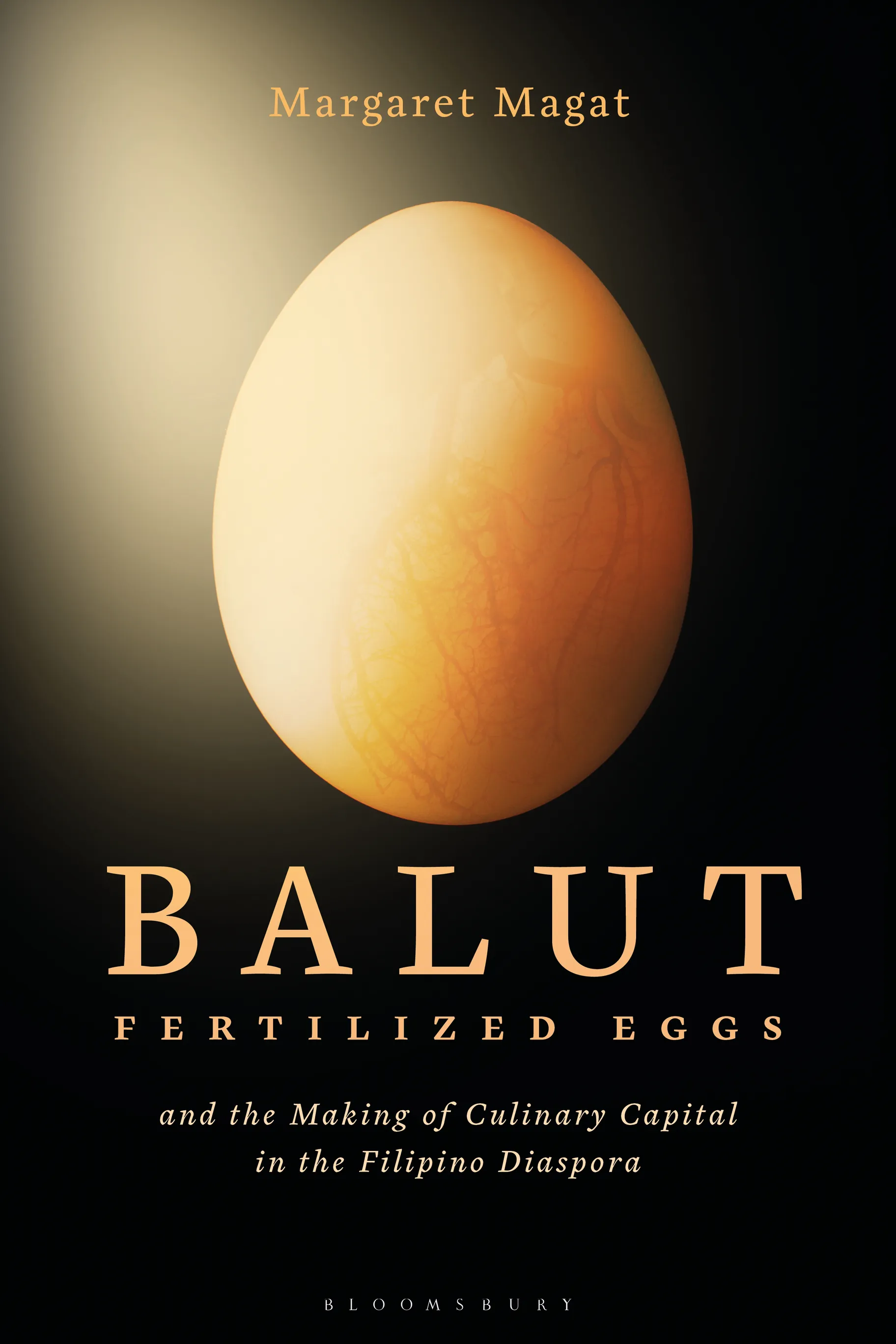Independent scholar and folklorist Dr. Margaret Magat says she wrote Balut: Fertilized Eggs and the Making of Culinary Capital in the Filipino Diaspora to set the record straight after seeing the food — an embryonic egg enjoyed across the Philippines — as a challenge on Fear Factor. She says eating balut is an exercise in performative identity and a way for Filipinos to connect to their home country.
Balut is typically 17-20 days old and usually boiled then eaten with salt. In Southeast Asia, many generations eat balut as a snack. Eaten in a couple of bites, it's often sold at transportation hubs and on street corners. Depending on how much the bones have developed, it has a slight crunch.

Margaret Magat explores the traditional and popular contexts of eating fertilized eggs in her book, "Balut." Photo courtesy of Bloomsbury.
